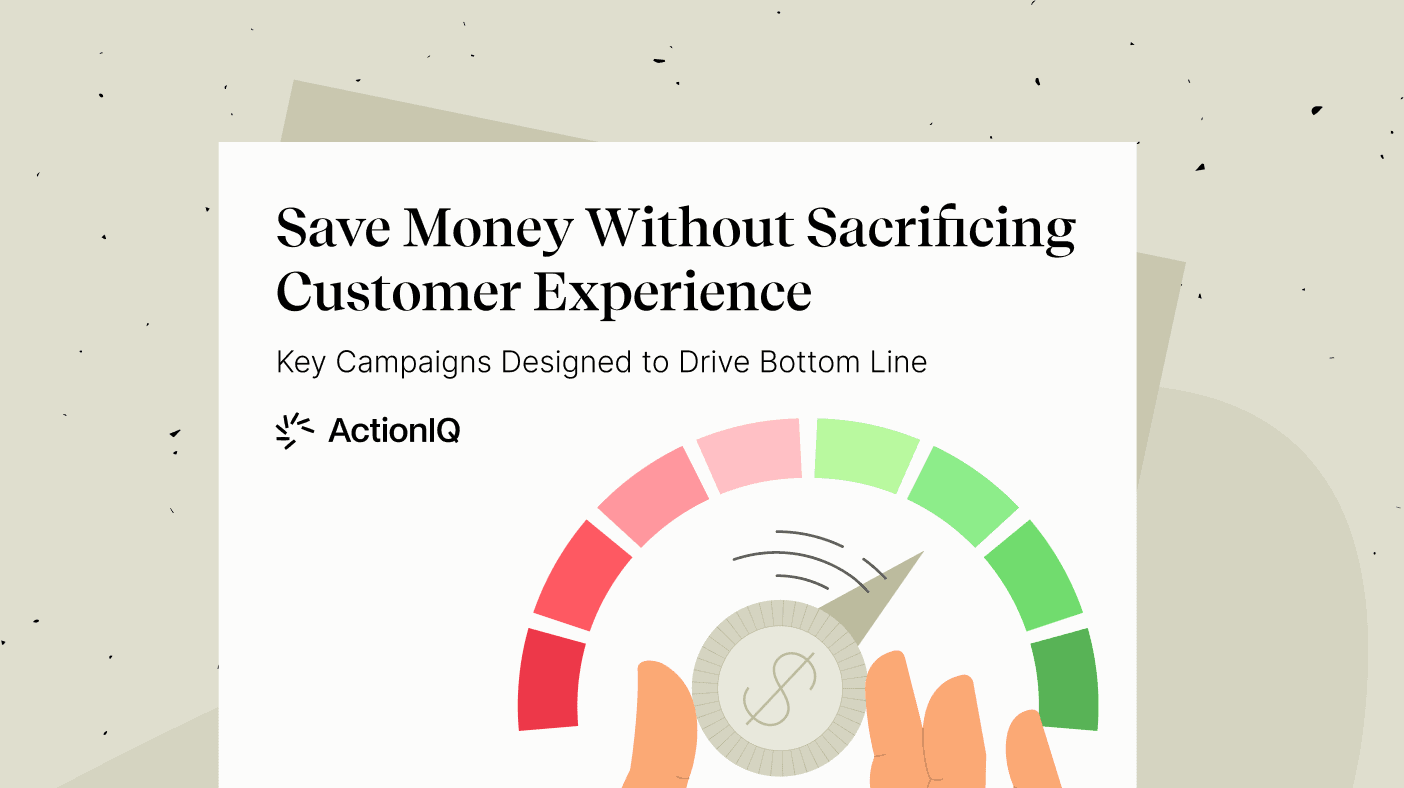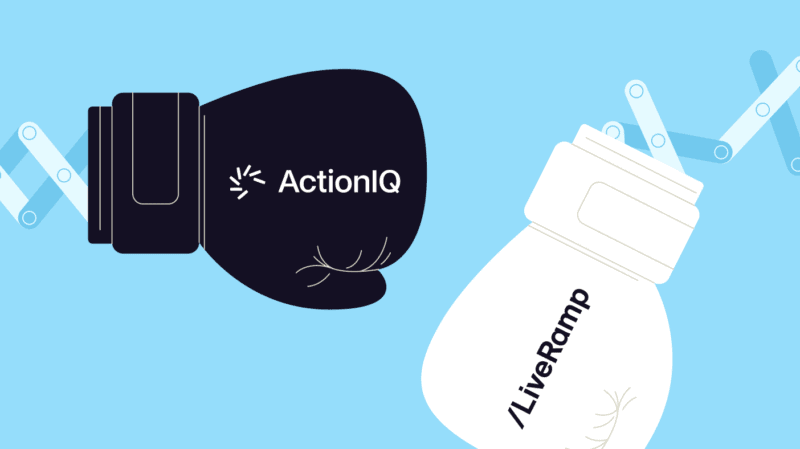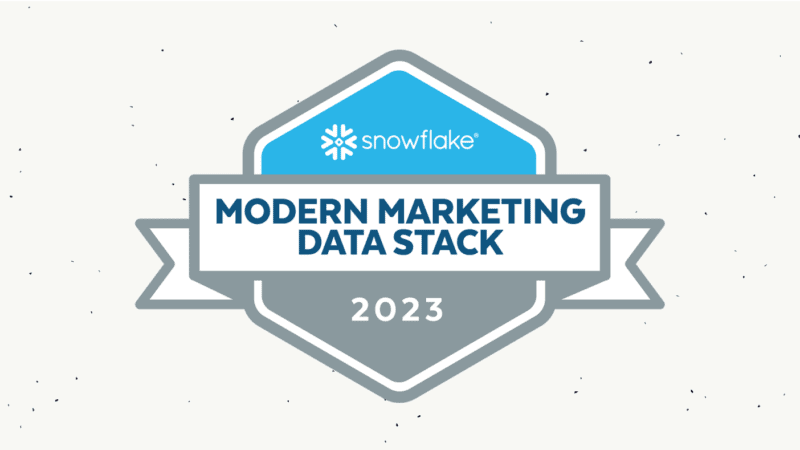Why Digital Marketing is Having a Henry Ford Moment

Henry Ford’s digital marketing strategies were terrible. The man had no presence on Facebook, literally zero people opened a marketing email from him, and I’m pretty sure he never even used a smartphone. To Ford, multi channel marketing consisted of newspapers, telegrams and face to face conversations. Henry Ford was a mover and a shaker in the industrial revolution – we are in the beginning of the digital revolution. So what can today’s digital marketers learn from an American industrialist from the turn of the 20th century?
Henry Ford did not invent the automobile. Ford’s genius was in leveraging new technology to optimize the manufacturing process. Before Ford, a team of craftsmen and engineers built each vehicle by hand, from start to finish. You can think of this method as a service model. Operating in a service model limited production and kept costs high. Ford identified this as an opportunity and implemented a strategy that has since been replicated by many industries – he turned to automation (utilizing the assembly line). In other words, Ford productized the service model.
Ok, back to our original question – what can today’s digital marketer learn from crusty old Henry Ford? First, let’s focus on the challenges faced by Ford in the early 1900’s (and digital marketers today):
- He produced a product that had massive pent up demand
- The product was being built manually by a group of highly skilled workers
- The product manufacturing process was complex, expensive and not standardized
While Ford’s product was the automobile, the digital marketer’s product is highly personalized multi channel campaigns. Different products – same challenge. With this in mind, let’s reboot through the lens of a digital marketer:
- As consumers increasingly live online, the demand for digital marketing campaigns has grown
- It takes a team of highly skilled humans to source the required inputs (data) to construct campaigns
- The execution process is non-standard, time consuming and limited by the above constraints
In essence, today’s digital marketers operate in a service model similar to pre-Ford auto producers 100 plus years ago. And so the answer to our original question now seems quite simple (at least in theory). Digital marketers need automation; in other words, they need to productize the execution of their campaigns.
Much of the operational complexity in campaign creation derives from the digital marketer’s dependency on data. Data has transformed marketing. It has allowed us to better understand our customers, be more relevant and quickly optimize our campaigns through testing. But data is also very messy. Because of this, data warehouses were designed by, and for, a highly technical user. Until recently, this wasn’t a problem because the data volume and business demand for it was manageable by a small team of humans. The digital revolution has changed all of this. Today a business has an insatiable demand for data, but has no efficient way to directly access and take action on it. This forces marketers to either operate with a very limited set of data or to depend on highly technical resources (again, humans) to manually retrieve the specific data sets they require. Neither of these solutions are optimal. The winning business will connect their marketers directly to their data. The way to do this at scale is through productization of the tasks required to access, manipulate and retrieve customer data.
Until recently, companies have only had two options to connect marketers to their data in an automated fashion: 1. build a solution in-house 2. purchase a solution from one of the big marketing clouds.
Option 1 is not even really an option. It’s expensive, time consuming and, if you are being honest with yourself, it’s not your area of expertise. Option 2 seems great – until it’s deployed. Marketing clouds are an old technology trying to solve a new problem. Most were built 15+ years ago and are stitched together through acquisitions. If you look behind the curtain, you will discover a service model masquerading as a software. Integrating a marketing cloud requires a small army of people and good luck if you want to leverage a new data source, such as clickstream or mobile app data, after the fact. If it’s not specified up front, you can’t use it without bringing back in the humans. This is not automation – it’s outsourcing the service model.
Much like in Henry Ford’s time, technology is tackling the above problem. And like most business challenges these days, it’s startups, not the big entrenched players, who are innovating and figuring out how to use new technology to solve these problems. ActionIQ is one of these startups.
Our technology connects marketers directly to their data through a single business friendly user interface. We are big data experts, or geeks, whatever you want to call us, who have developed a next generation data cloud that is flexible and can handle as much messy data as you can throw at it, without skipping a beat. This is what productization looks like. This is the assembly line that automates manual marketing tasks and enables the digital marketer to truly personalize, scale and build more of the right campaigns than ever before. I’m sure you have heard of Henry Ford’s competitors who failed to automate. No? Me neither.




